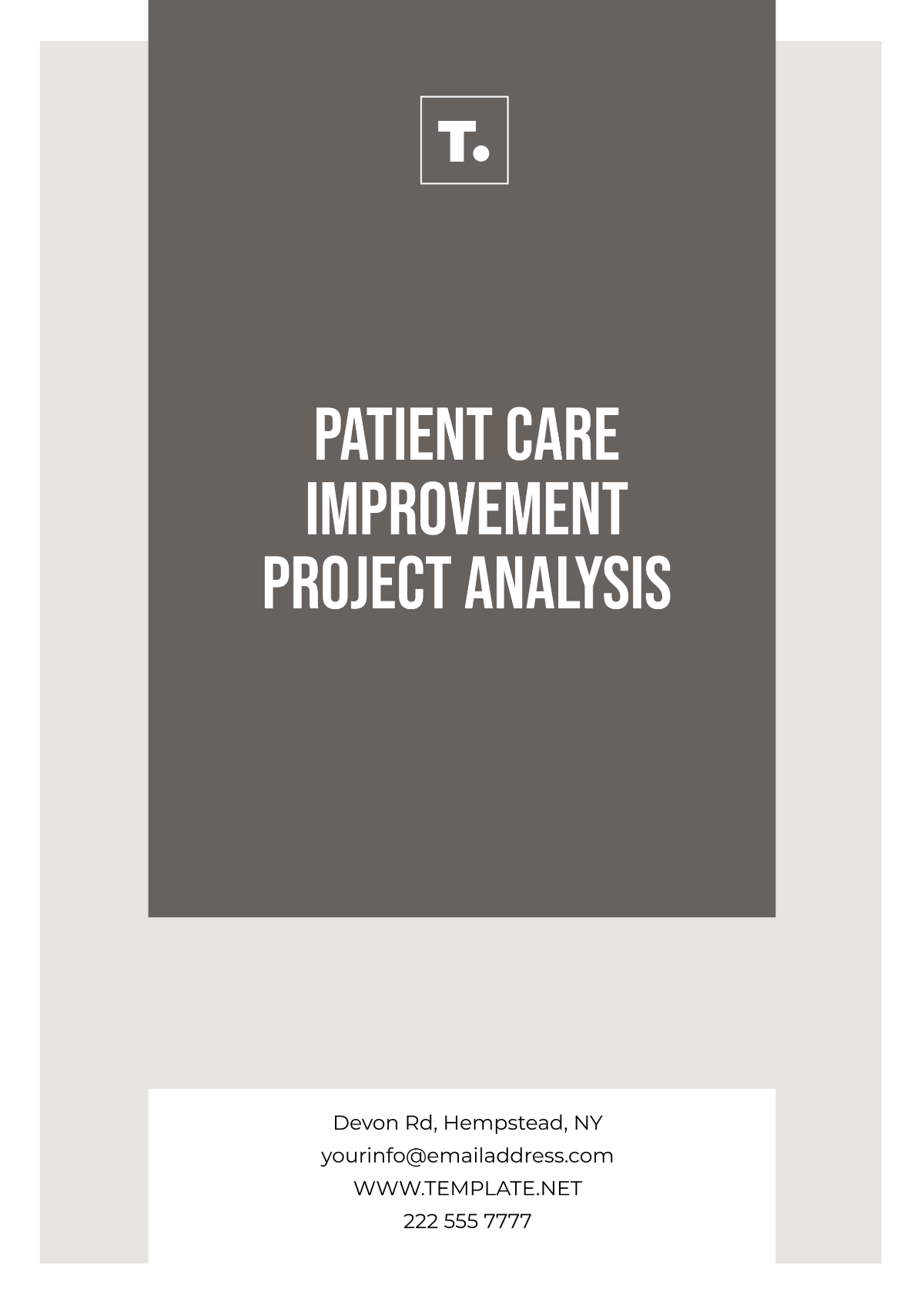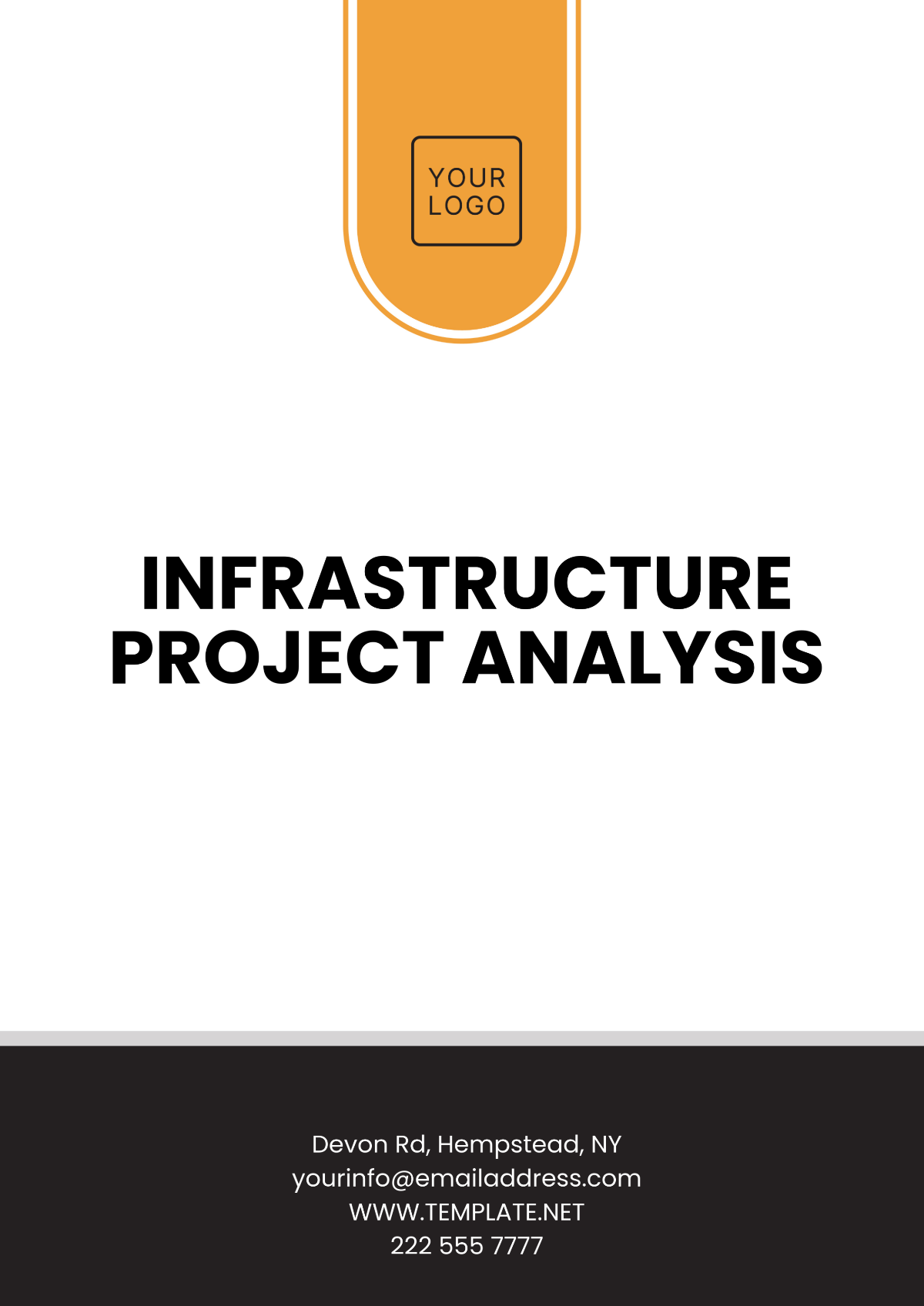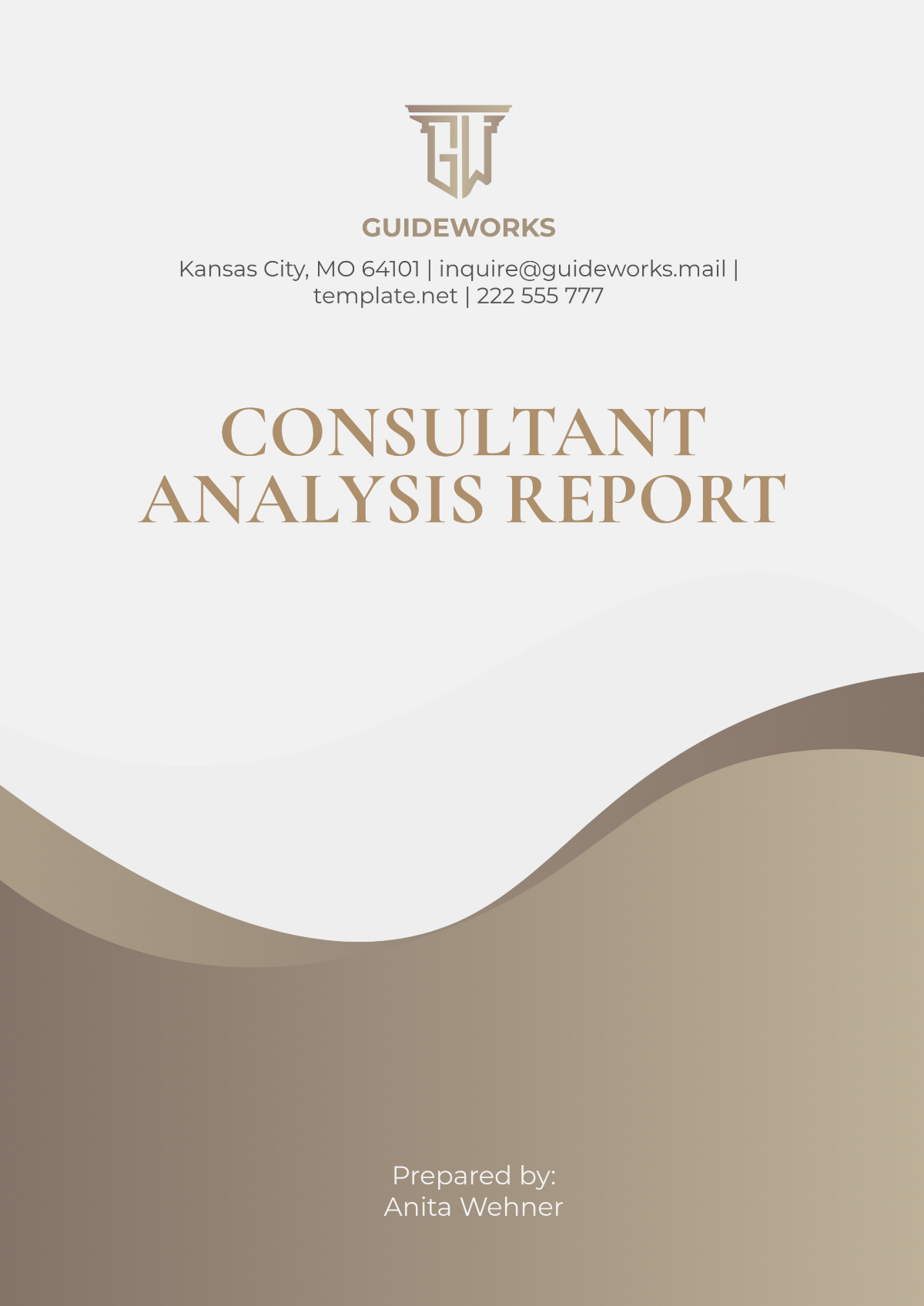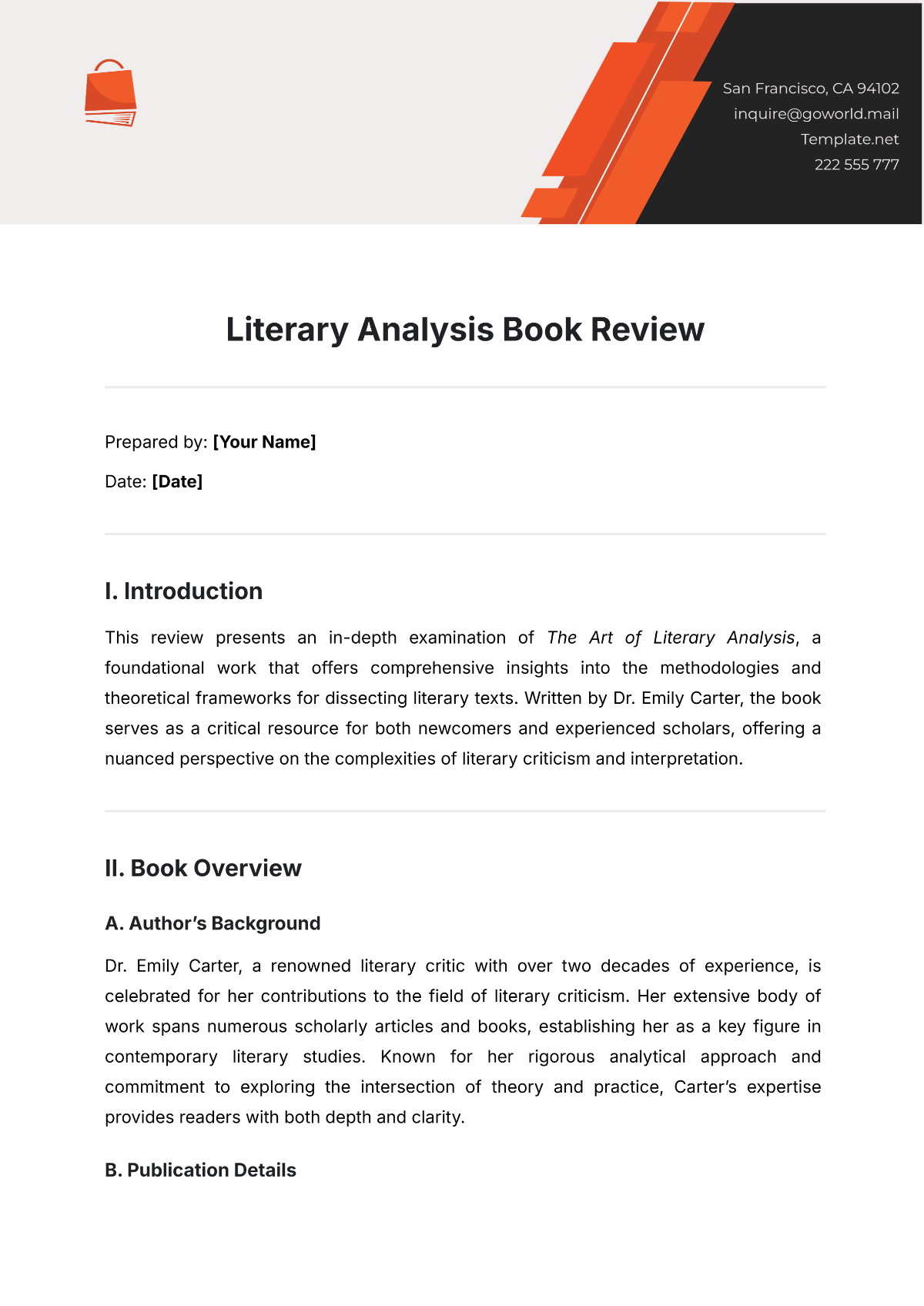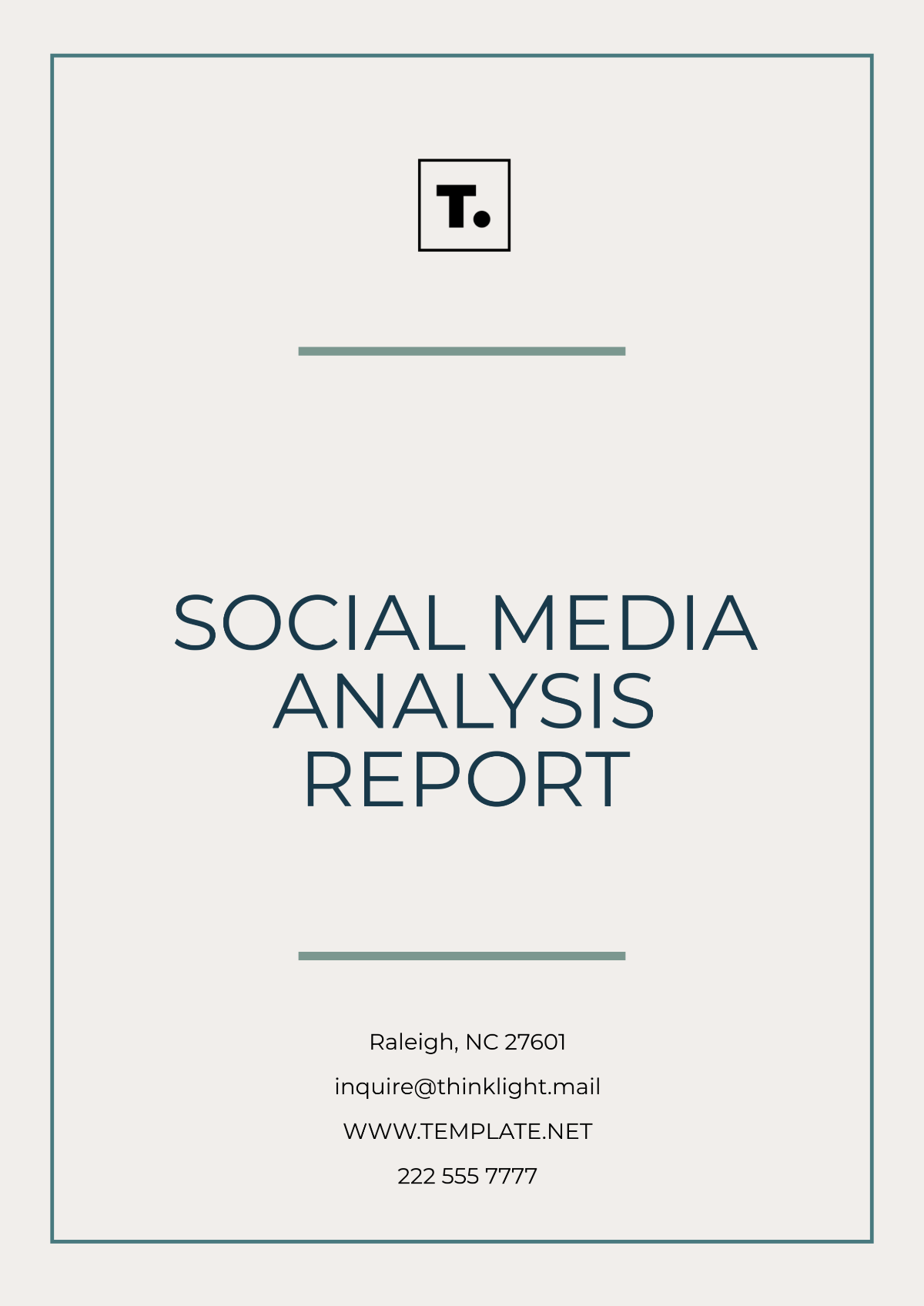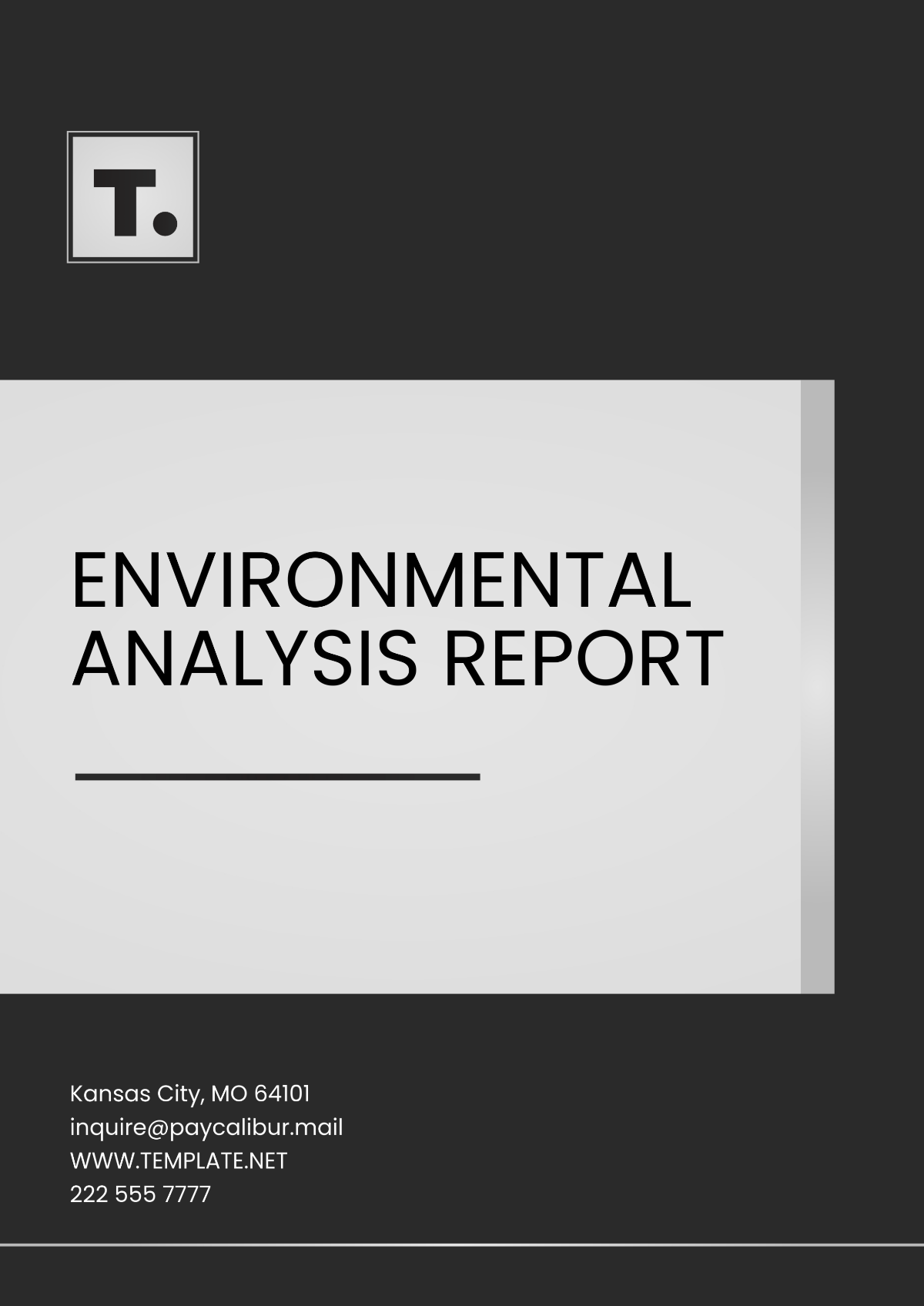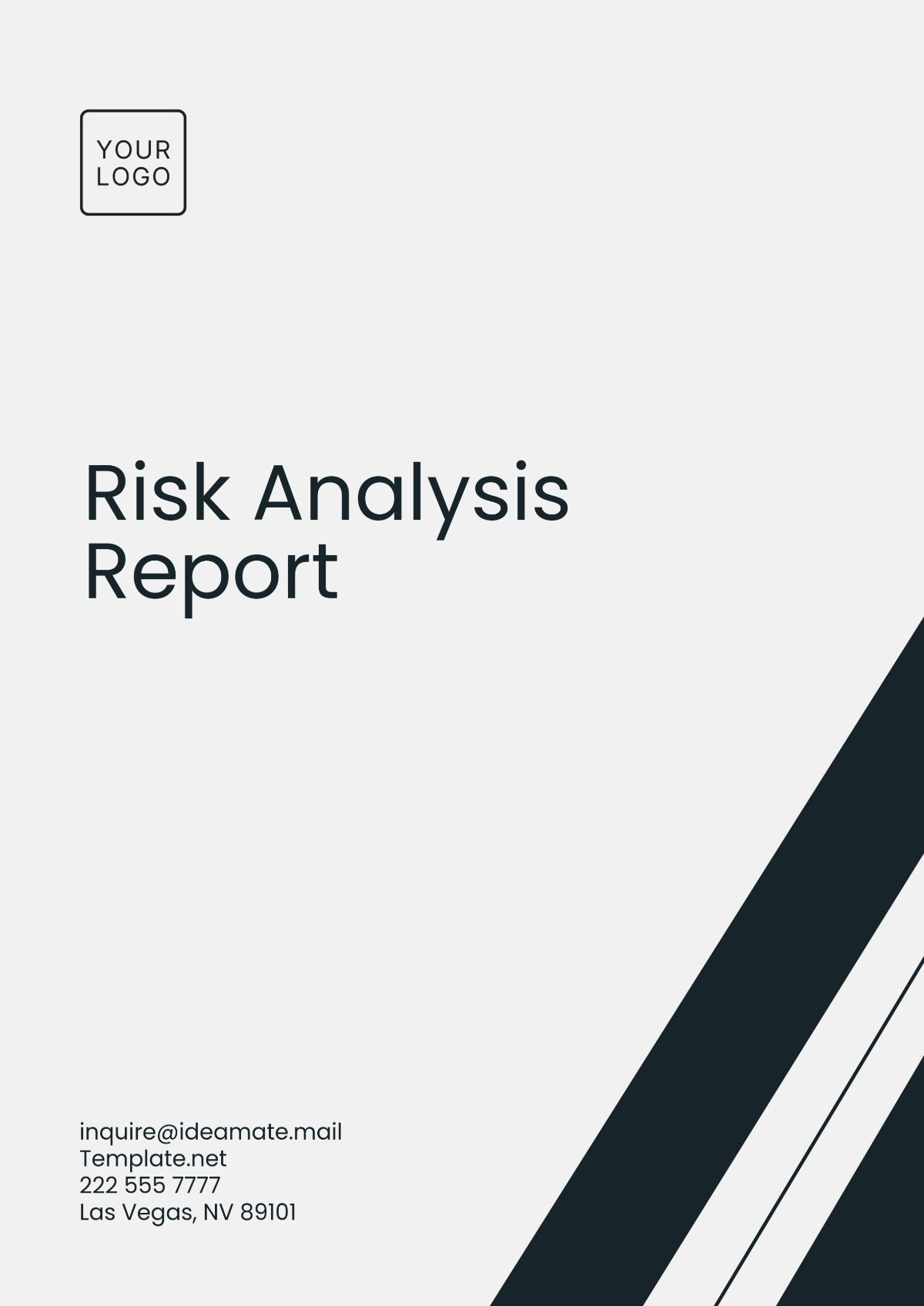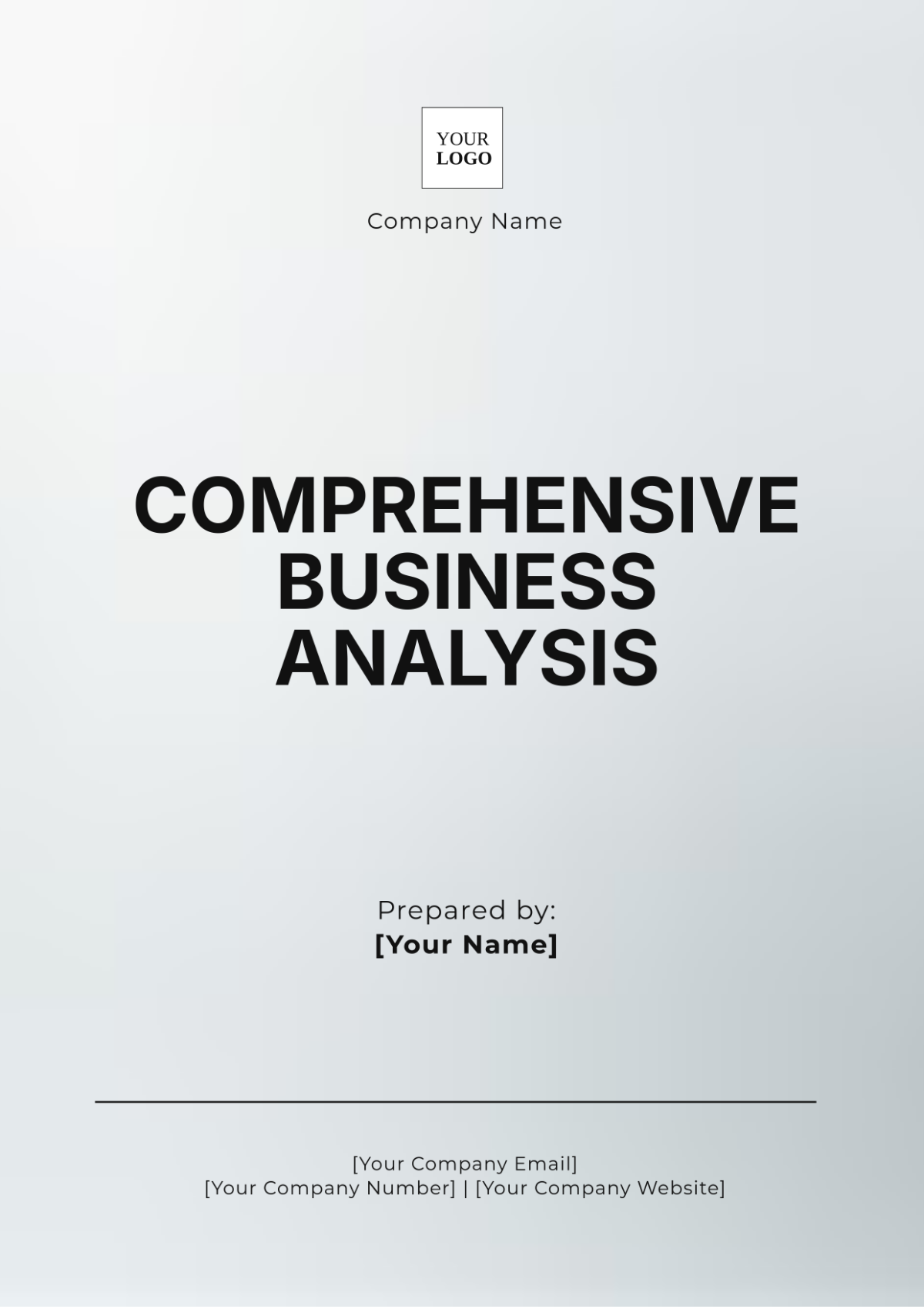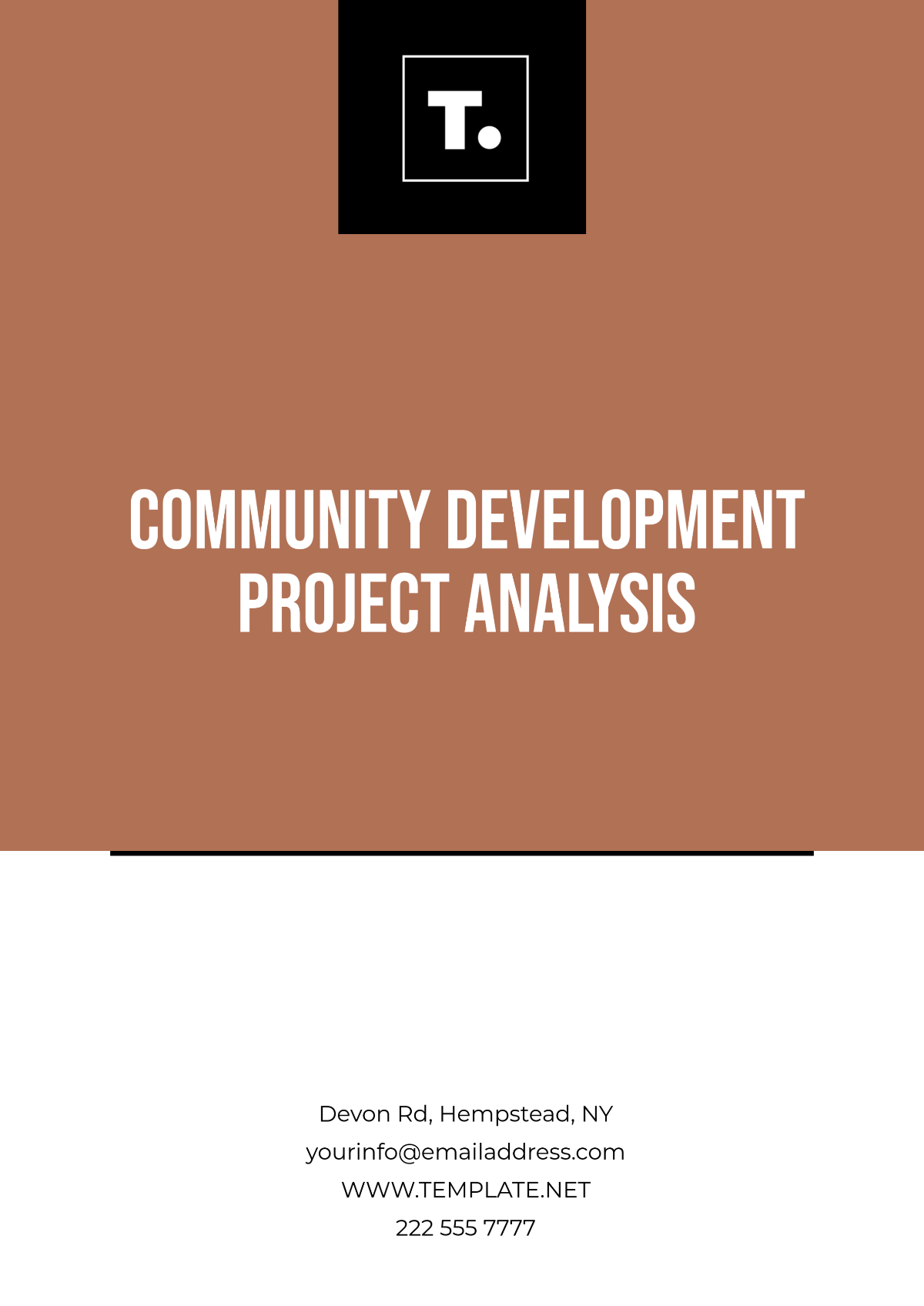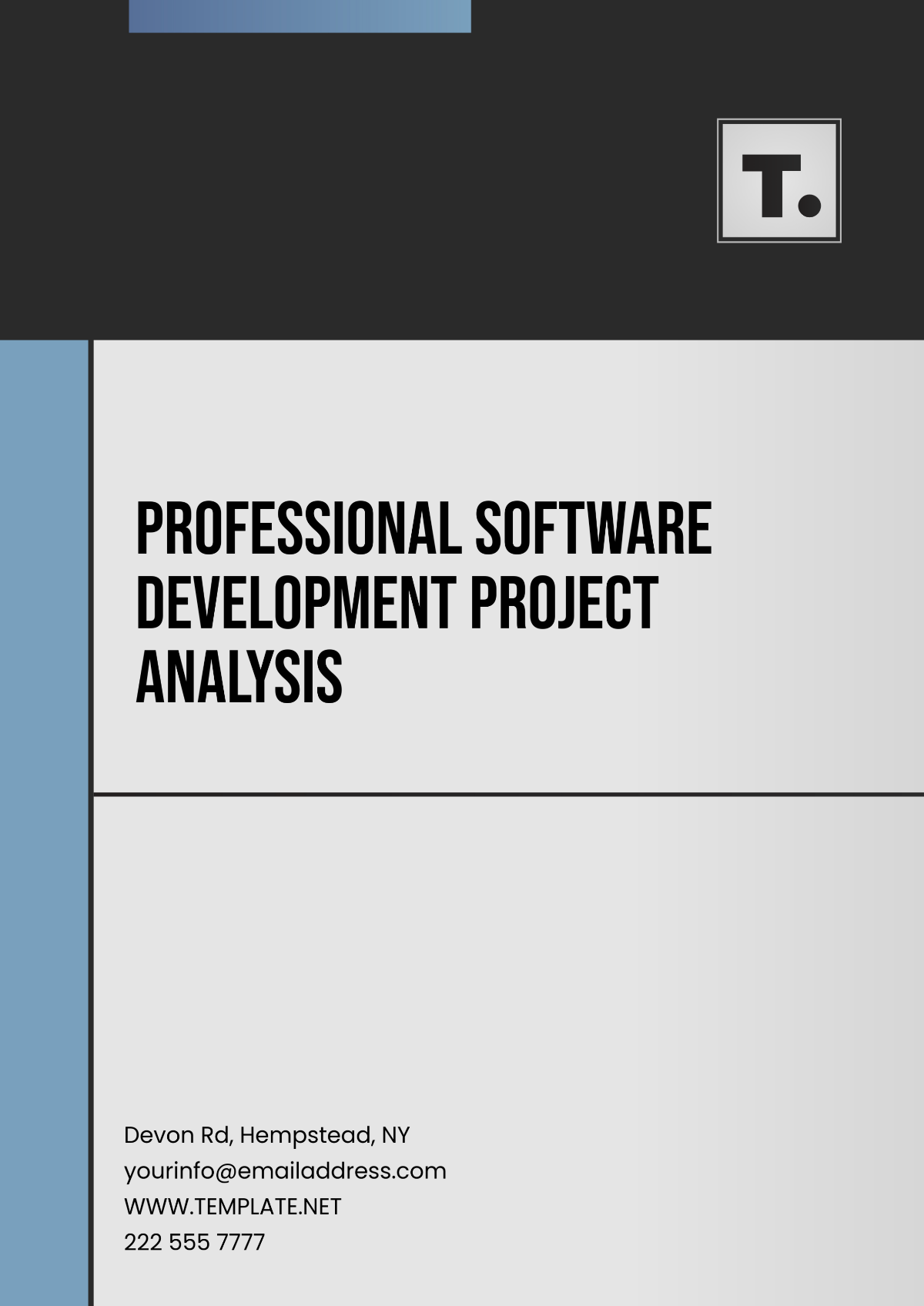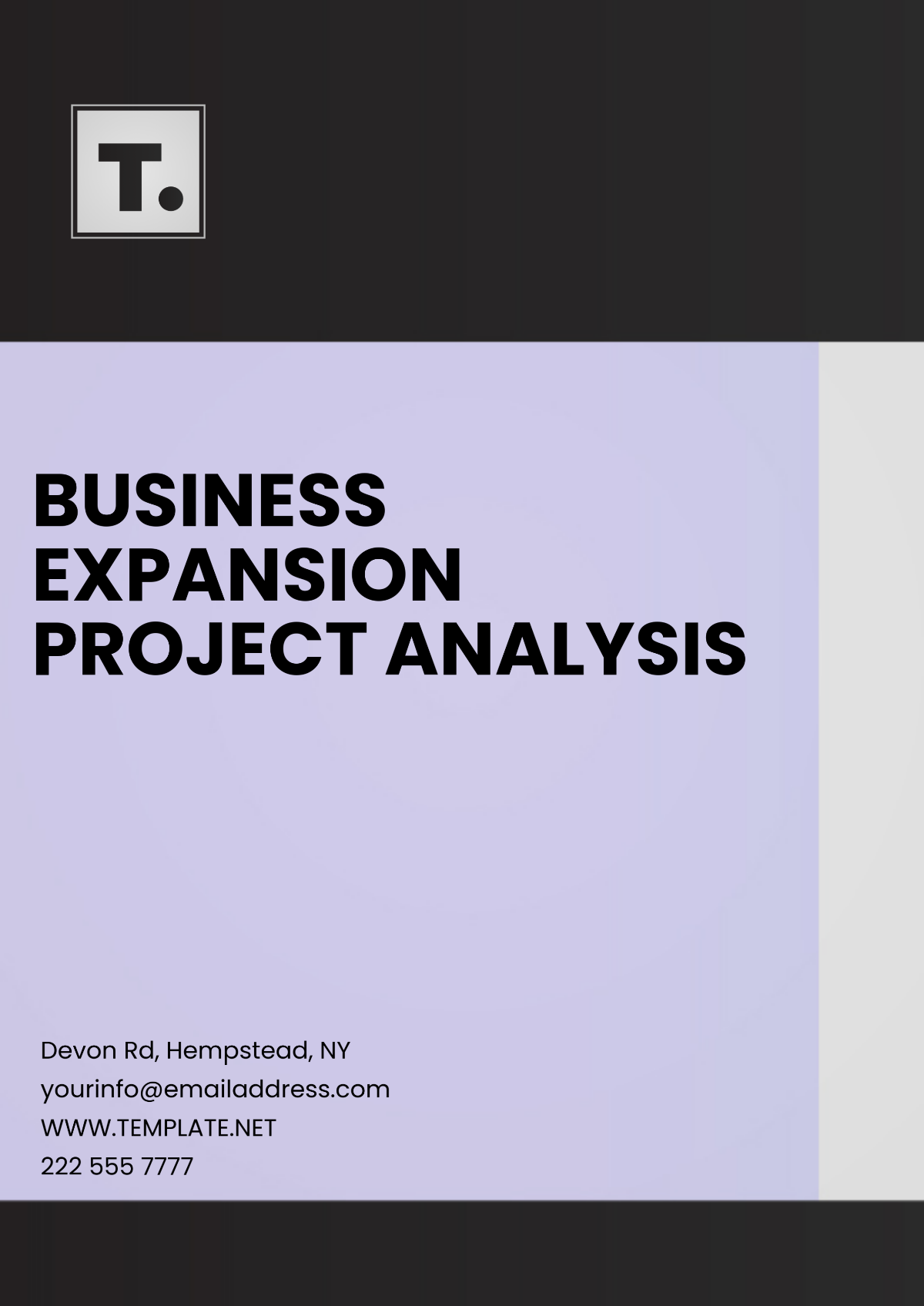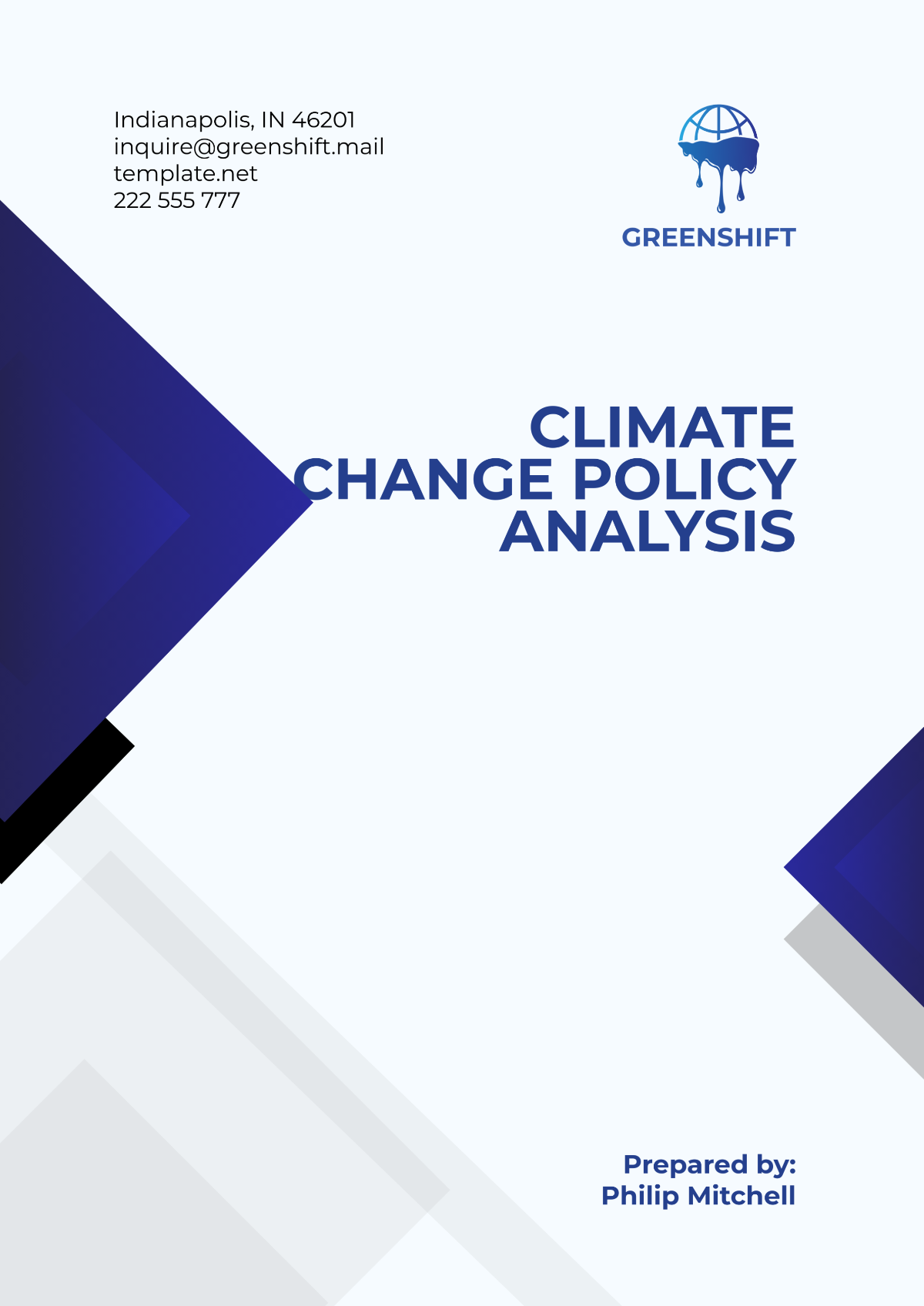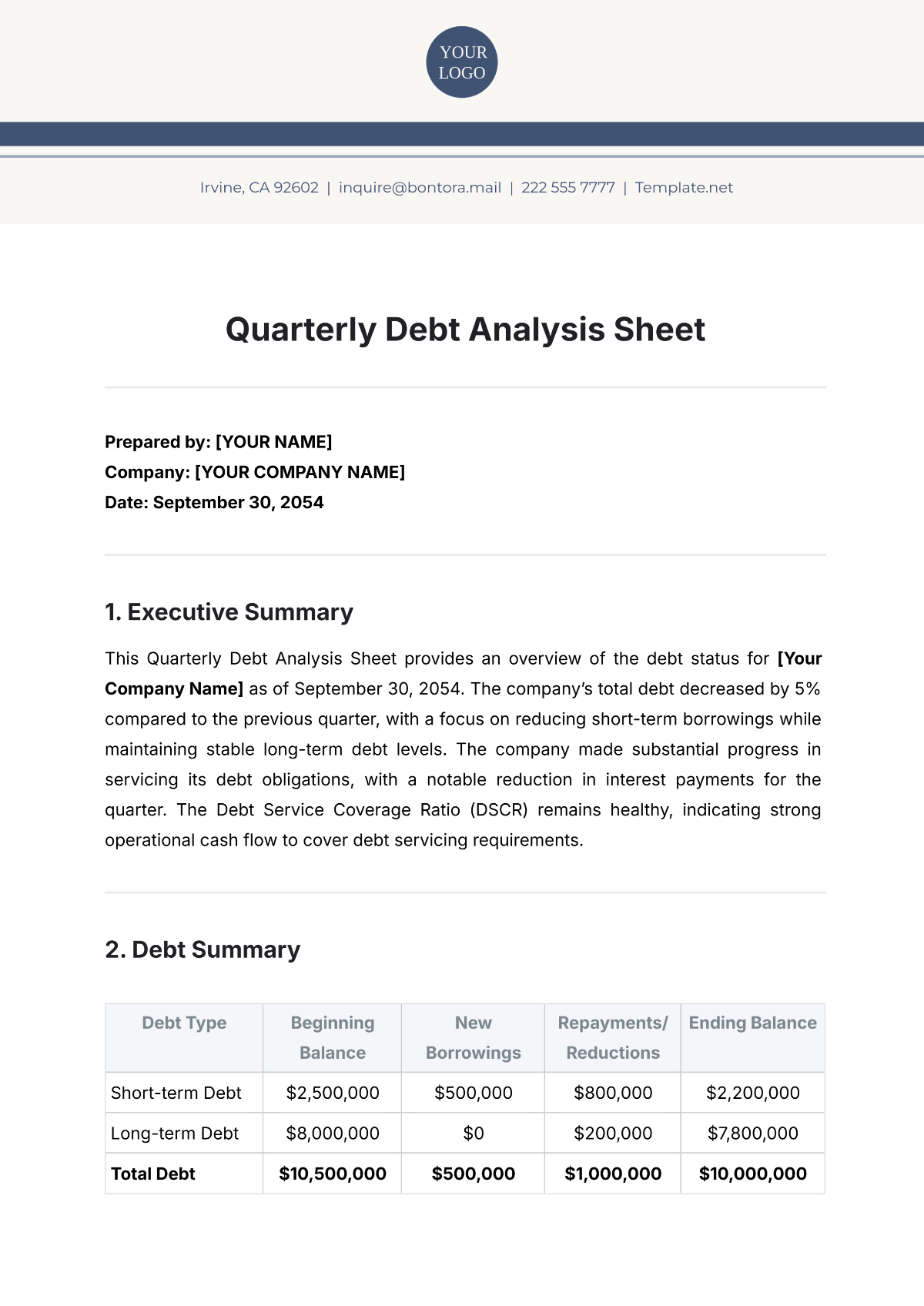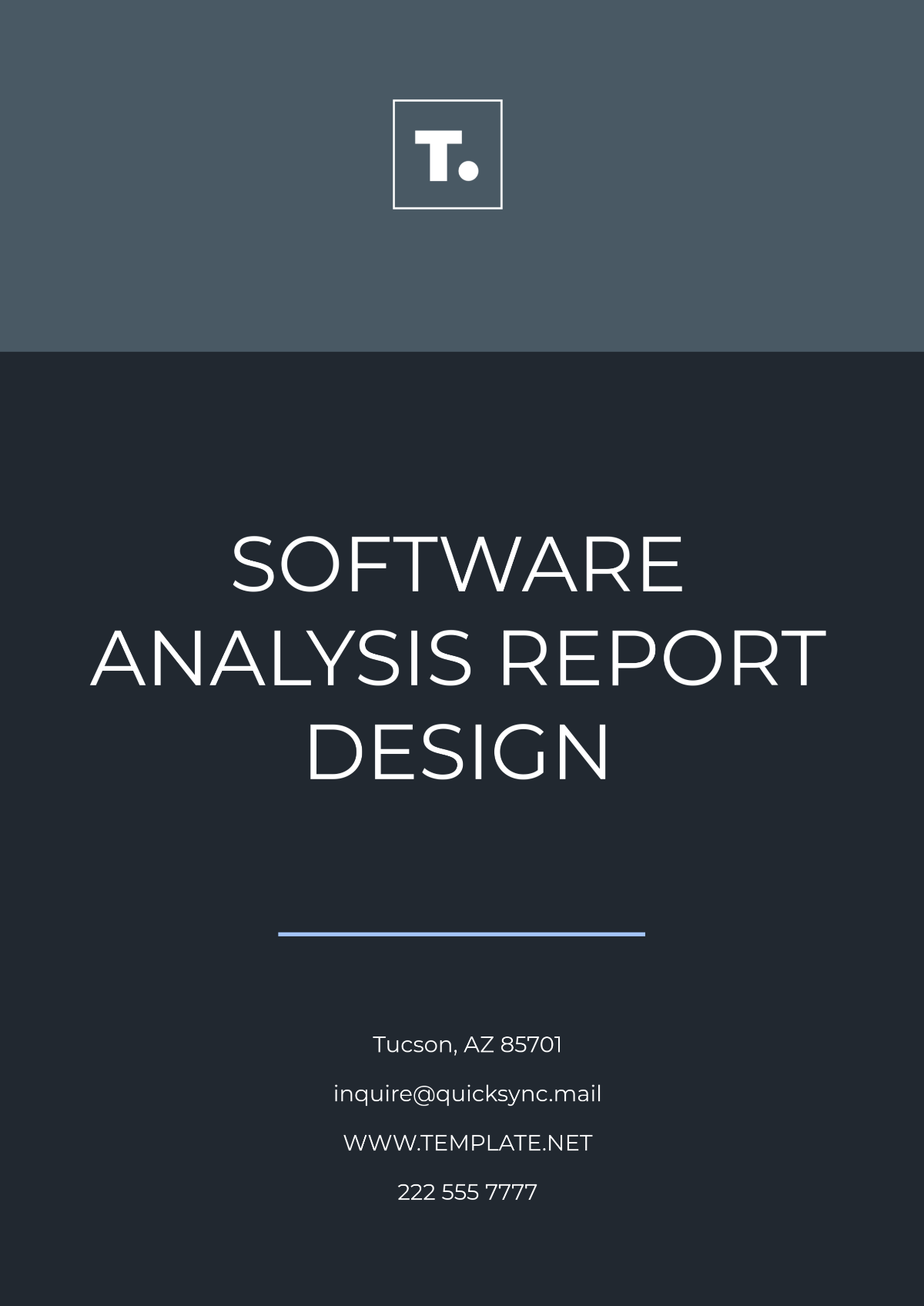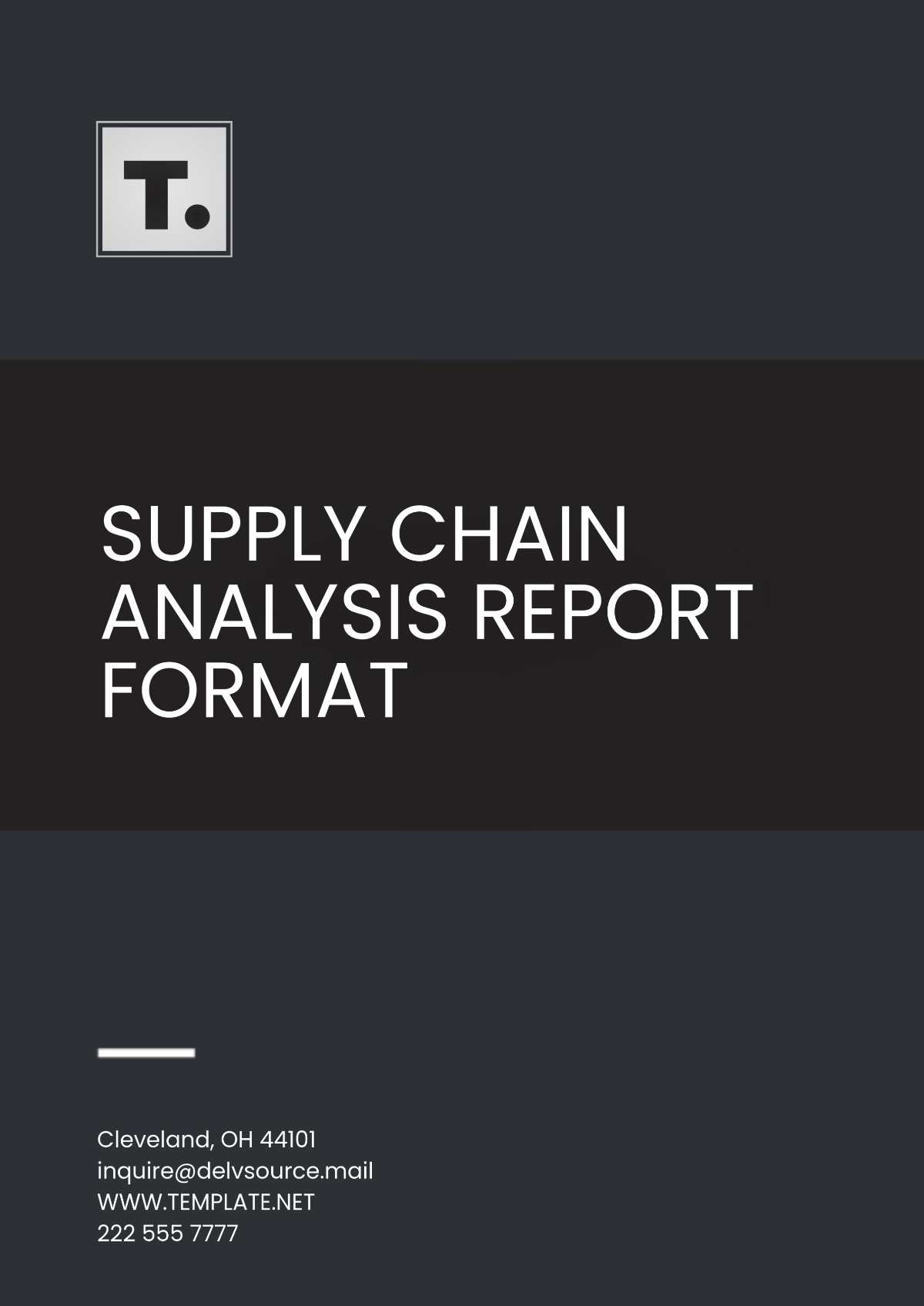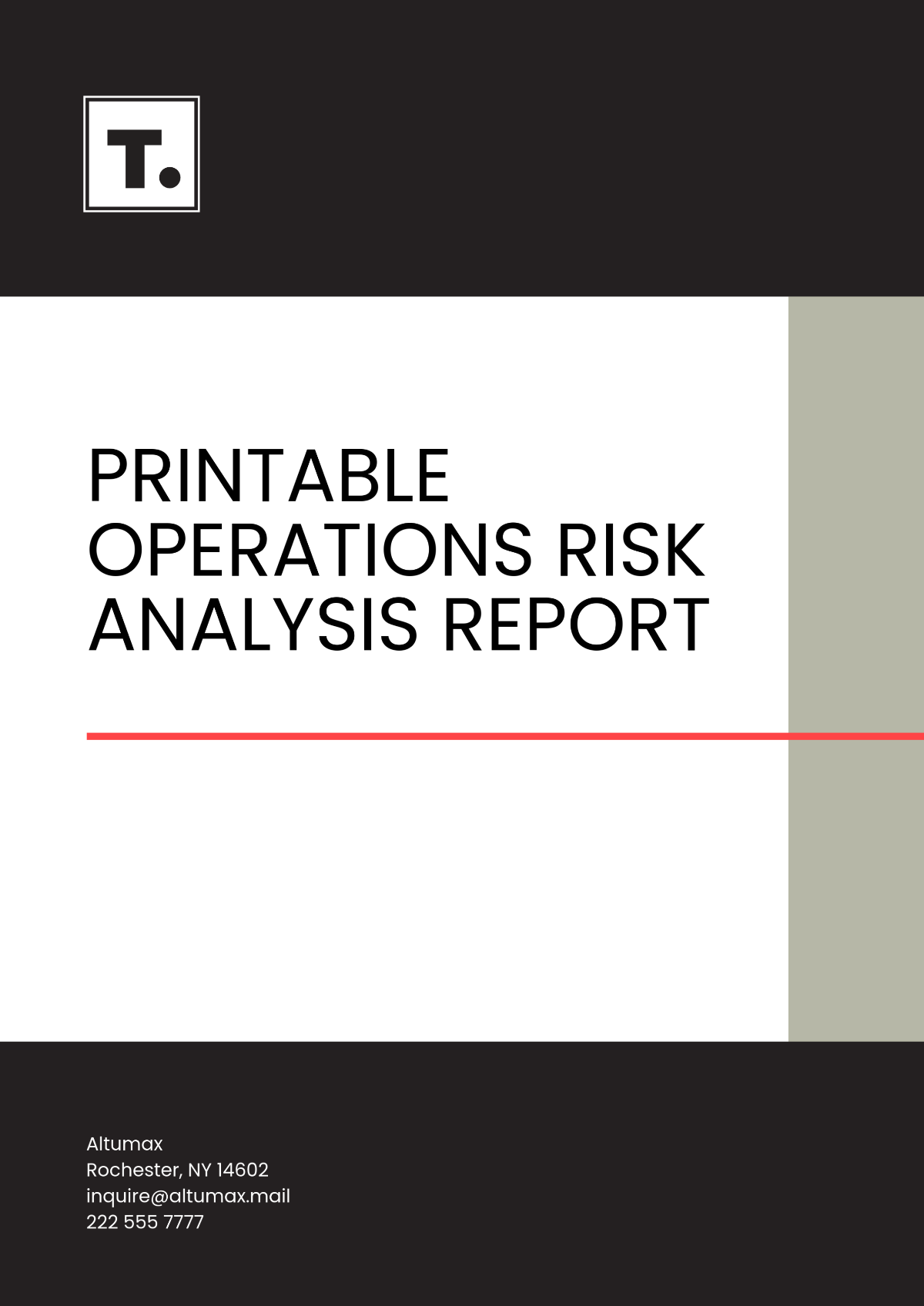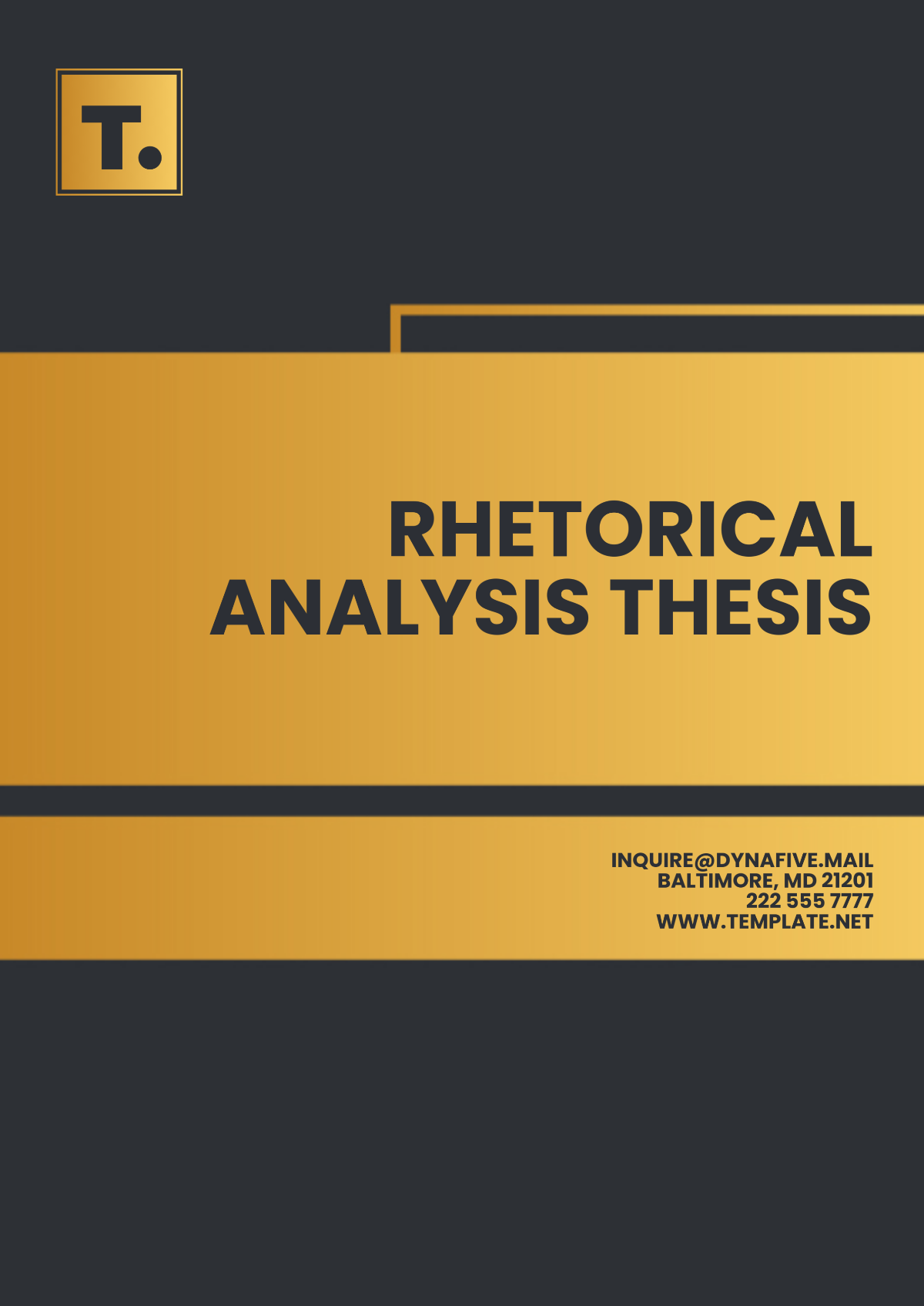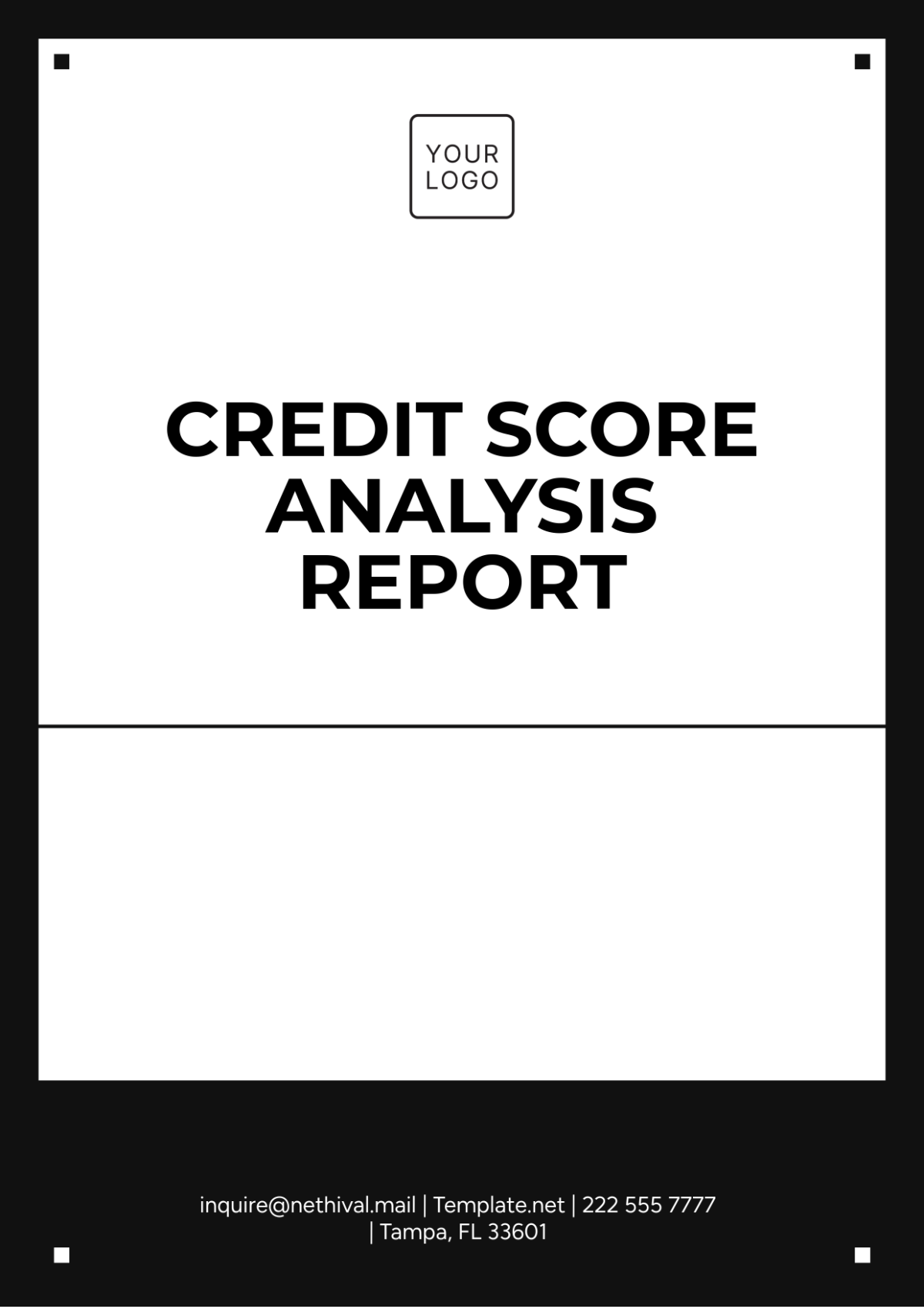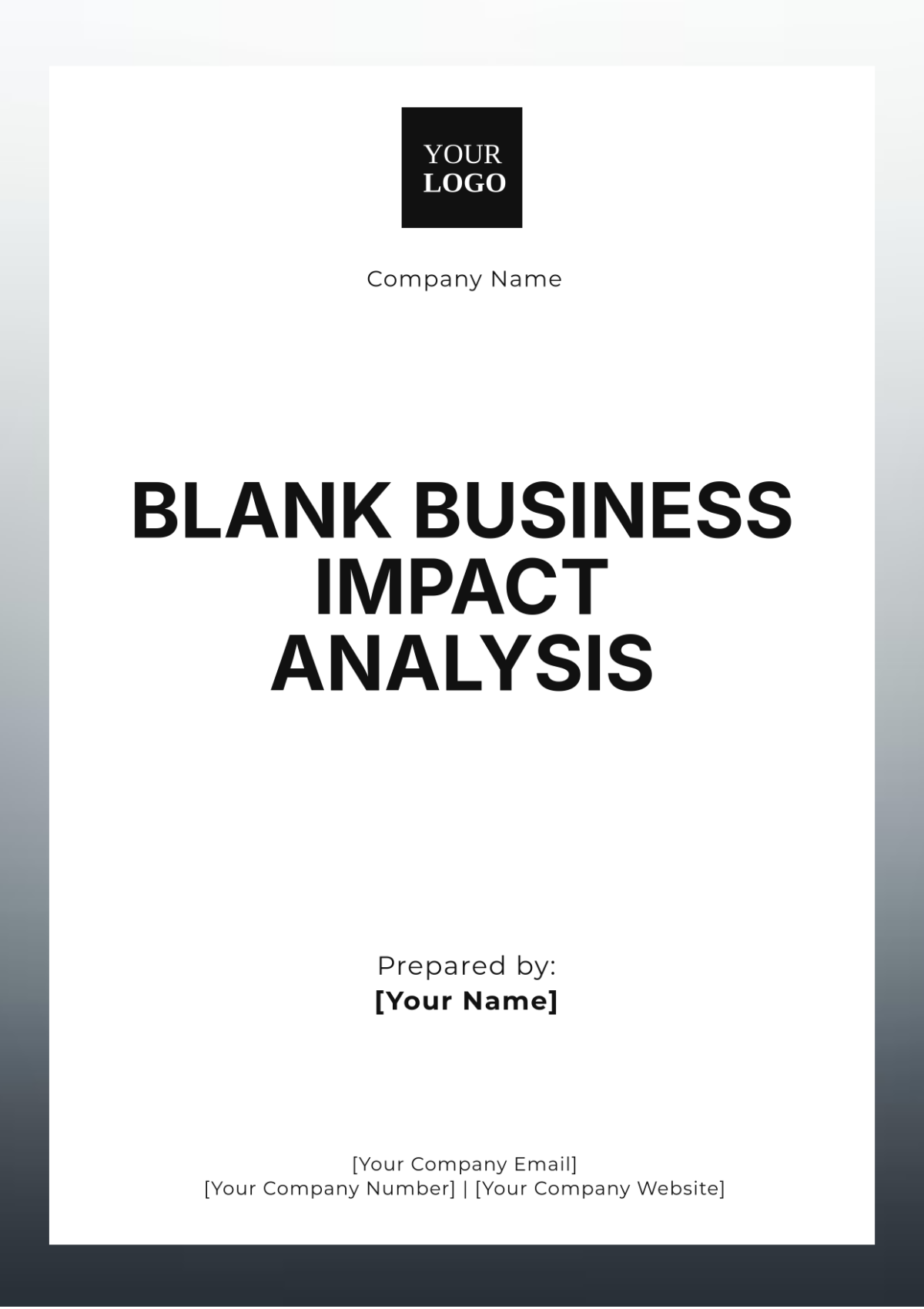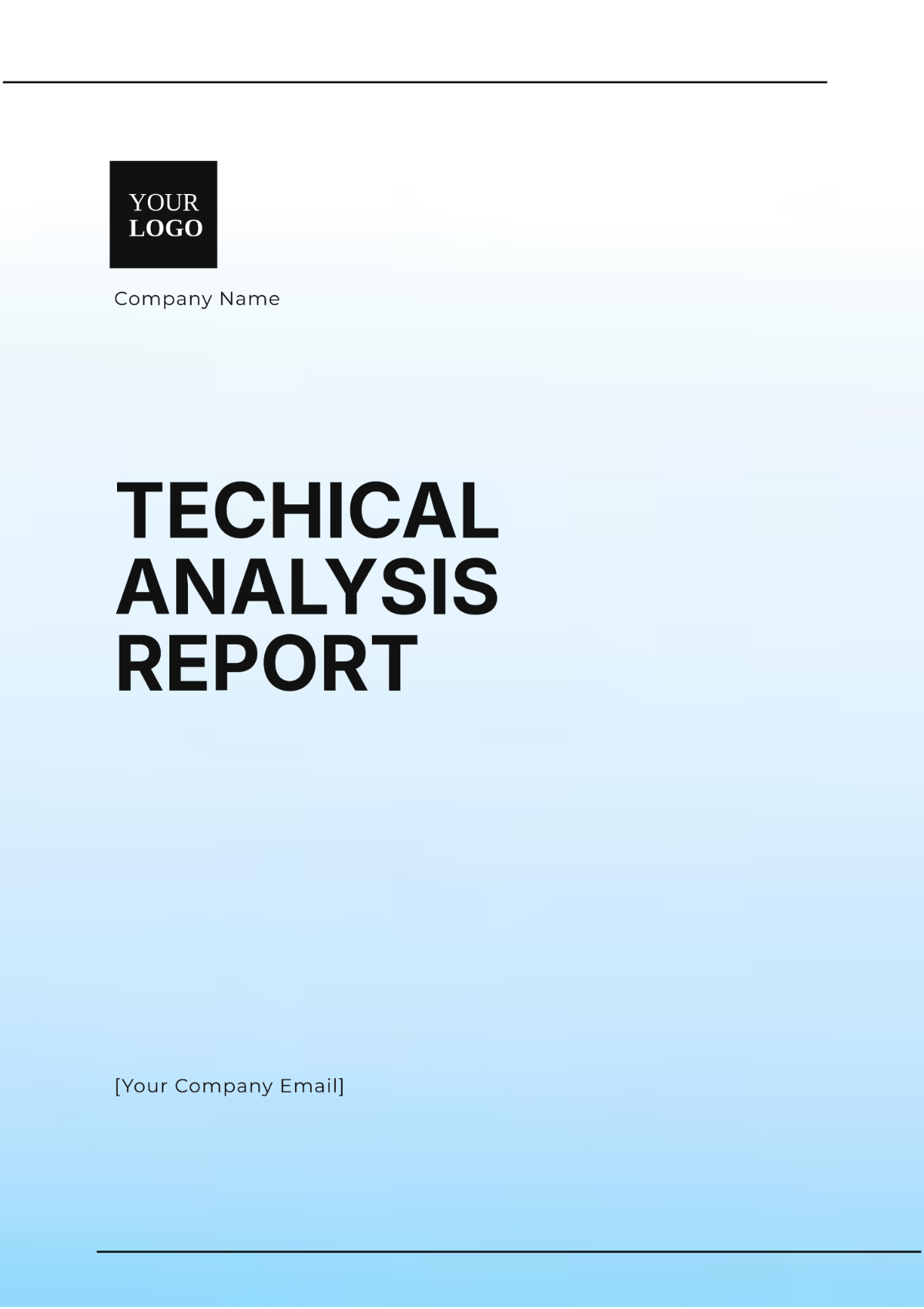Fiscal Policy Discourse Analysis
Prepared By: [Your Name]
I. Introduction
Fiscal policy encompasses government strategies involving spending and taxation to steer macroeconomic conditions. These strategies aim to influence economic growth, employment levels, inflation rates, and overall economic stability. This analysis explores the discourse surrounding fiscal policy by detailing its components, objectives, tools, and outcomes associated with various fiscal strategies. The analysis is structured with narrative explanations, tabulated data, and key points for clarity.
II. Components of Fiscal Policy
1. Government Spending
Government spending is a pivotal aspect of fiscal policy, encompassing various types of expenditure designed to stimulate economic activity:
Current Expenditures: Ongoing costs like salaries, subsidies, and interest payments.
Capital Expenditures: Investments in long-term assets like infrastructure, education, and healthcare.
Impact of Government Spending:
Current Expenditures: These often provide Immediate economic stimulus but may have less long-term impact on productivity.
Capital Expenditures: Tend to have enduring effects by enhancing productivity and infrastructure, potentially leading to sustained economic growth.
2. Taxation
Taxation is central to fiscal policy, serving multiple functions such as revenue generation, income redistribution, and behavioral influence. Key tax types include:
Income Taxes: Levied on earnings of individuals and corporations.
Sales Taxes: Applied to transactions involving goods and services.
Property Taxes: Based on the value of real estate.
Excise Taxes: Imposed on specific goods, such as tobacco and fuel.
Taxation Objectives:
Revenue Collection: To fund public services and investments.
Behavioral Influence: Encouraging or discouraging certain economic behaviors.
Income Redistribution: Adjusting economic disparities through progressive taxation.
III. Objectives of Fiscal Policy
Fiscal policy aims to achieve several key objectives:
1. Economic Growth
Fiscal policy stimulates economic growth through various means:
Public Investment: Enhancing infrastructure boosts productivity.
Tax Incentives: Encouraging business investments and consumer spending.
R&D Funding: Promoting innovation and technological advancements.
Table: Impact of Fiscal Policy on Economic Growth
Country | Policy Measure | Growth Outcome |
|---|---|---|
USA | Tax cuts & increased infrastructure spending | 3.1% GDP growth |
Germany | Increased public investment | 2.5% GDP growth |
Japan | Moderate fiscal stimulus | 1.2% GDP growth |
2. Full Employment
To achieve full employment, fiscal policy includes:
Public Works Programs: Creating jobs through infrastructure projects.
Industry Subsidies: Encouraging sectors to expand and hire more workers.
Training and Education: Enhancing workforce skills to match market demands.
3. Price Stability
Price stability is targeted through:
Controlling Inflation: Implementing measures to avoid excessive price increases.
Maintaining Stable Prices: Ensuring predictability in economic conditions for businesses and consumers.
4. Income Redistribution
Fiscal policy addresses income inequality through:
Social Safety Nets: Providing financial support to lower-income households.
Progressive Taxation: Higher tax rates on higher incomes to reduce economic disparities.
IV. Tools of Fiscal Policy
Fiscal policy employs various tools to influence economic conditions:
1. Discretionary Fiscal Policy
Discretionary fiscal policy involves deliberate adjustments in government spending and taxation, including:
Stimulus Packages: Designed to boost economic activity during downturns.
Tax Cuts: Aimed at increasing disposable income and consumption.
Increased Social Spending: Targeted at supporting economic stability during recessions.
2. Automatic Stabilizers
Automatic stabilizers adjust automatically to economic conditions without new government action. Examples include:
Progressive Income Taxes: Higher income boosts taxes, stabilizing the economy.
Unemployment Benefits: Increase during downturns, helping maintain consumption.
Social Welfare Programs: Expand during economic stress and contract during booms.
V. Outcomes of Different Fiscal Approaches
1. Expansionary Fiscal Policy
Expansionary fiscal policy aims to increase economic activity during recessions through:
Increased Spending: Higher government expenditure to boost demand.
Tax Reductions: Lower taxes to increase disposable income and investment.
Table: Effects of Expansionary Fiscal Policy
Country | Policy Measure | Outcome |
|---|---|---|
USA | 2009 American Recovery and Reinvestment Act | 2 million jobs created |
UK | Post-2008 Financial Crisis stimulus | 1.8% GDP growth rebound |
Effects:
Higher GDP growth rates.
Reduced unemployment.
Potential inflationary pressures if overused.
2. Contractionary Fiscal Policy
The contractionary fiscal policy seeks to reduce inflation and stabilize the economy by:
Decreasing Spending: Lowering government expenditures.
Increasing Taxes: Reducing disposable income to cool off economic overheating.
Table: Effects of Contractionary Fiscal Policy
Country | Policy Measure | Outcome |
|---|---|---|
Germany | Austerity measures post-financial crisis | Lower inflation, 0.7% GDP growth |
Greece | Debt reduction strategies | Increased unemployment, reduced debt |
Effects:
Lower inflation rates.
Slower economic growth.
Increased unemployment if applied too rigidly.
VI. Conclusion
Fiscal policy remains a crucial mechanism for managing economic performance. By understanding the components, objectives, tools, and outcomes of various fiscal strategies, policymakers can better navigate the challenges of economic stabilization and growth. Balancing government spending with taxation is essential to achieving desired economic outcomes while maintaining fiscal discipline.




